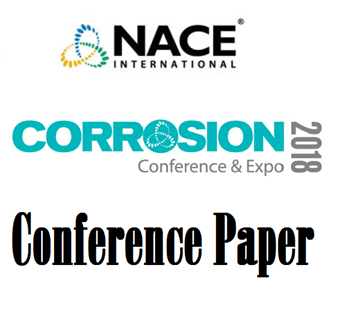Search
51314-3809-Corrosion Management and Mechanism Study on SAGD Brackish Water System
Also Purchased
51315-5577-Corrosivity Assessment of Brackish Water
Product Number:
51315-5577-SG
ISBN:
5577 2015 CP
Publication Date:
2015
$0.00
51314-3808-Corrosion Management and Cleaning of SAGD Produced Gas/H2S scavenger Contactor
Product Number:
51314-3808-SG
ISBN:
3808 2014 CP
Publication Date:
2014
$0.00
51318-11002-Damage Mechanism Study of Severe Corrosion of Carbon Steel Pipe in SAGD Brackish Water Service
Product Number:
51318-11002-SG
Publication Date:
2018
$20.00




